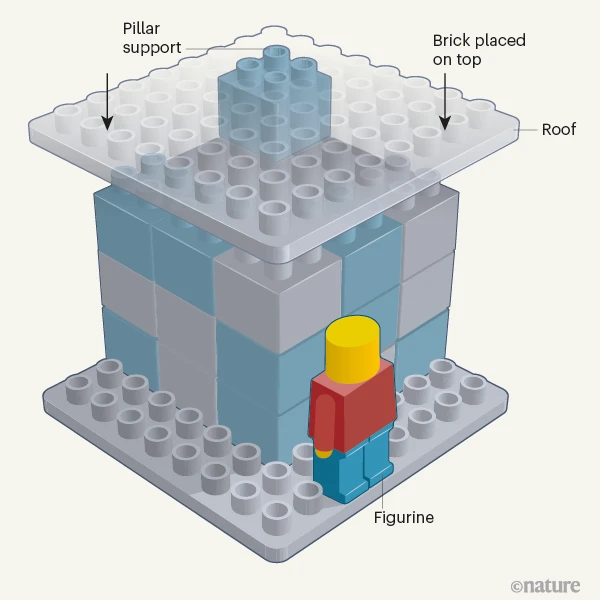My level of awareness was heightened this week by correspondence with the brilliant Mac Hodell (former Principal at BCG). We were exchanging ideas about definitive references for management consultants related to the visual aspect of presentations. To cut a long story short, he brought up the powerful idea of maximizing the Insight:Ink ratio on slides.
How might this work? One could add ink to a presentation slide while increasing insight dramatically. For example, instead of using generic slide titles such as “Financial Impact,” it’s more effective to use specific titles that answer the “so what” question. As such, instead of leaving readers to draw their own conclusions, use titles that clearly state the outcomes of the work, such as “Our fall study of three behavioral interventions resulted in adding $250 million in AUM.” On the other hand, subtracting unnecessary ink from a graph on a slide might also work well, such as removing grid lines or merging overlapping legend information into the graph itself. There are also the aspects of substituting, synthesizing, aligning, or even redoing the content completely.
In a study by Mavis and Yoon, they posed a question to participants as to how they would change a Lego structure so that they could put a heavy object on top of it without crushing the figurine, recognizing that each block added would cost another $0.10. What did participants suggest? The title of the journal article, spells out people’s tendencies loud and clear, “Adding is favoured over subtracting in problem solving”. People tend to have an additive bias, and this could inadvertently lead to poorer design.

This concept leads to maximizing impact ratios. In the behavioral world, one technique I teach students is to look at user journeys and touchpoints with users. Is each word needed in this email copy to drive engagement? How can we maximize Impact:Text? What about thinking about the end user and that their attention and time are limited? How to maximize Impact:Time? What about this complicated feature in the product? Can we cut down on the features and maximize the Impact:Features?
In closing, the rule of thumb is to subtract if possible, add if you must, and focus on maximizing the Behavioral Impact Ratio.
Reference: Meyvis, Tom, and Heeyoung Yoon. “Adding is favoured over subtracting in problem solving.” Nature (2021): 189-190.
